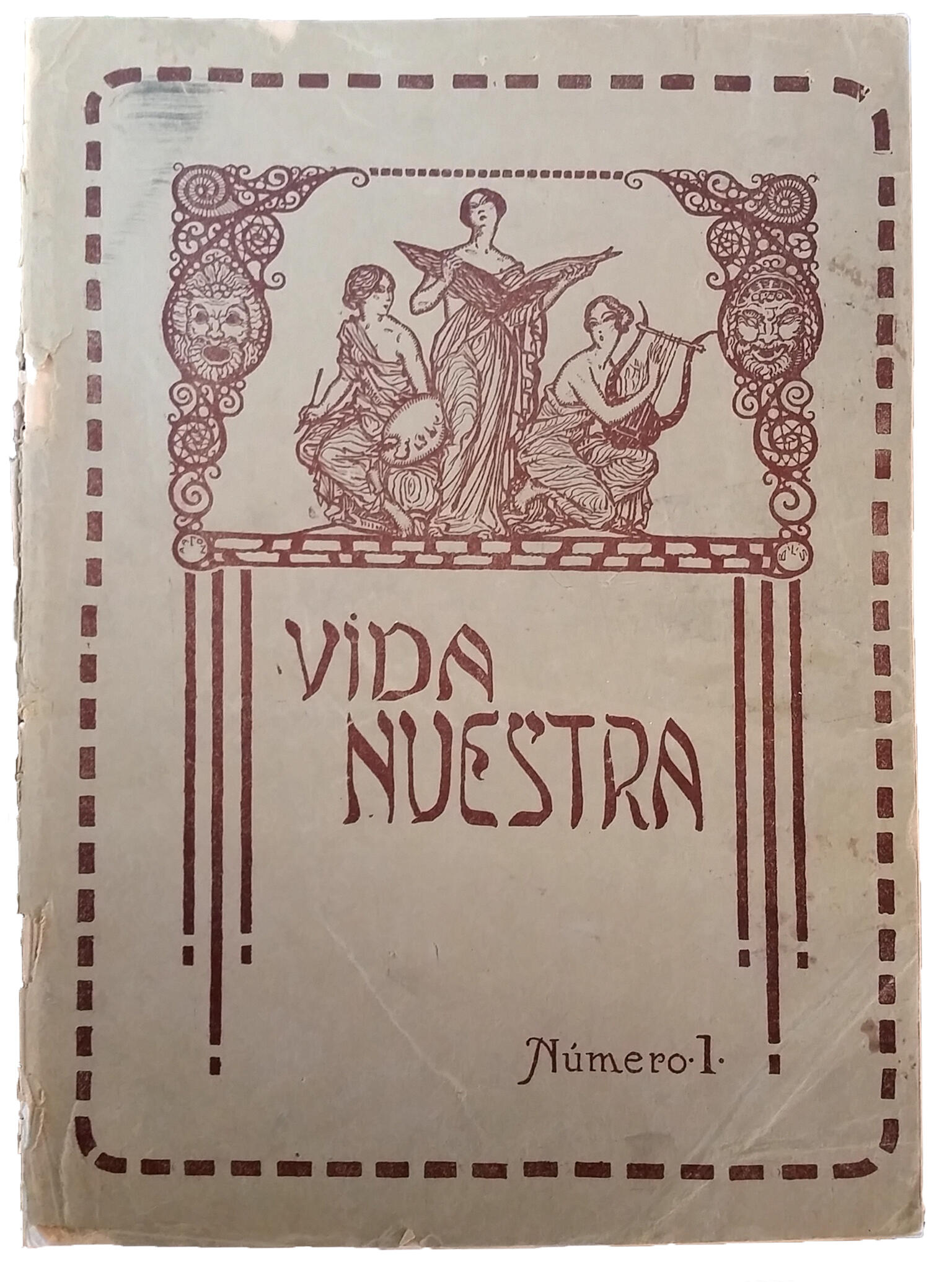Vida nuestra (cover)
Aron Bilis
1917
Image

Engage with this Source
Creator Bio
Aron Bilis
1893–1971
Born in Odessa to an acculturated Jewish family, André Aron Bilis attended that city’s Imperial Academy of Fine Arts and the Parisian École des Beaux-Arts, where he was drawn to Impressionism. Disqualified for military service in 1914 due to an injury, he moved to Buenos Aires. Bilis served as the artistic director of the Colon Theatre and was also adviser to a number of newspapers and journals. Traveling throughout South America, he became known for his landscapes and portraits of indigenous Mapuche people of Chile and Argentina. In 1929, Bilis returned to Paris and established a successful career as a charcoal portrait artist. He survived World War II in Ariège, painting Pyrenean landscapes.
You may also like
Speech on the Hebrew Kindergarten
The “kindergarten” as a corridor to the salon of education, as a foundation for the tower of learning, has received particular attention among all civilized peoples, and all the more so does it…
Higher School for Jewish Studies
The problem concerning the establishment of a Higher School for Jewish studies, which was recently raised by the Society for the Promotion of Culture Among the Jews of Russia (OPE), should be…
On Guard
Beloved brothers!
It is a sublime and meaningful name we have taken for ourselves! We carry the name of choice individuals from our people—people who have, in practice, actually presented themselves…
Discussion of the Founding of the Demievka School
Despite all the great difficulties and obstacles, the school in Demievka soon attracted the attention of the Kiev Jewish public. The remote muddy little street in Demievka became a central location…
Intellectual Abstinence or Assimilation (Not Exactly a Letter to the Editor)
[ . . . ] I further wish to say: it is not sufficient that we worry ourselves with the young kids who will grow into goats—we must also be concerned with the mature goats who have already grown horns…
The Jewish Woman’s Opportunity for Service
Noted for Service, the Jewish woman, especially in America, faces her greatest opportunities.
It has always been the same story for her. Her home has been the circle from which she has radiated…


